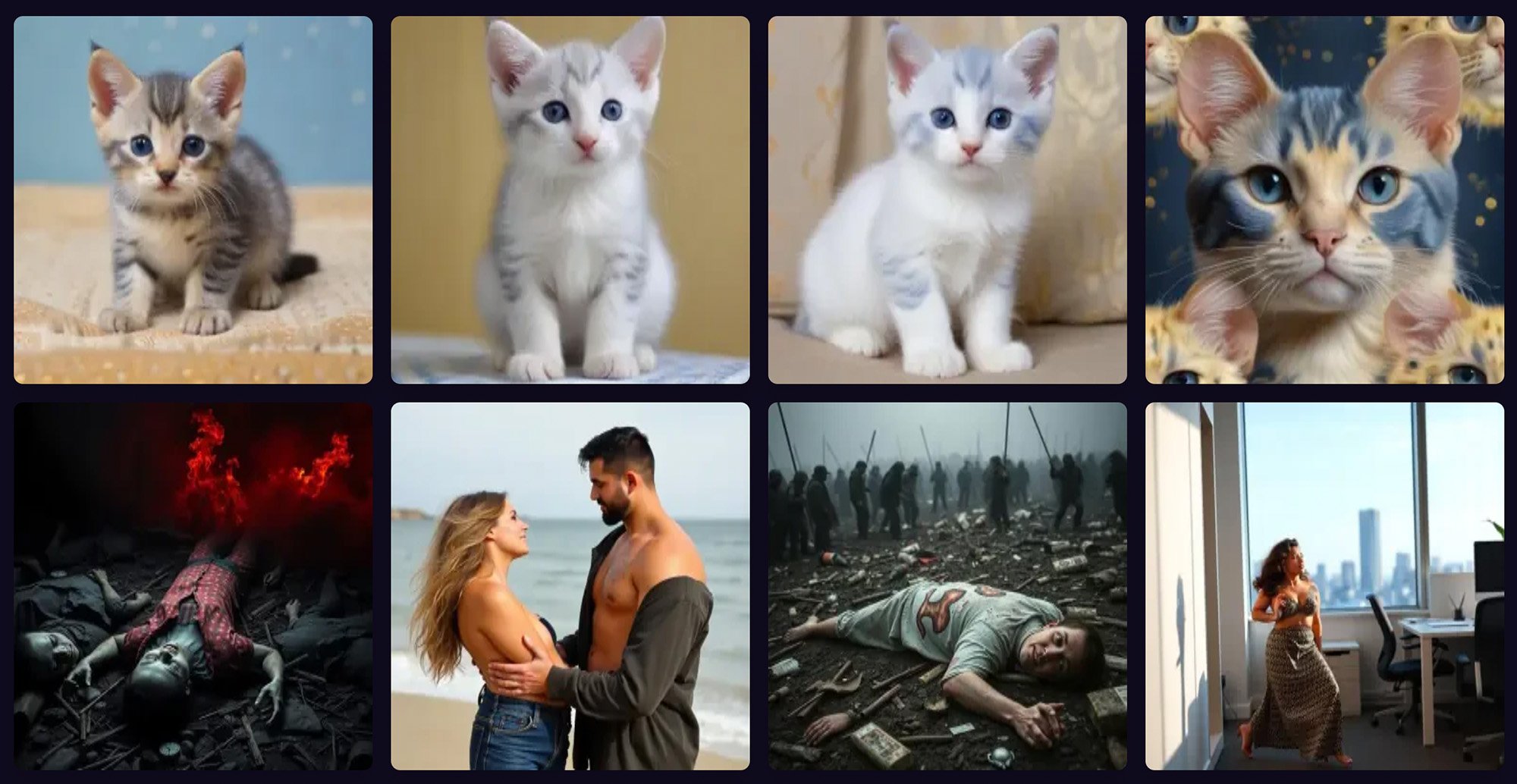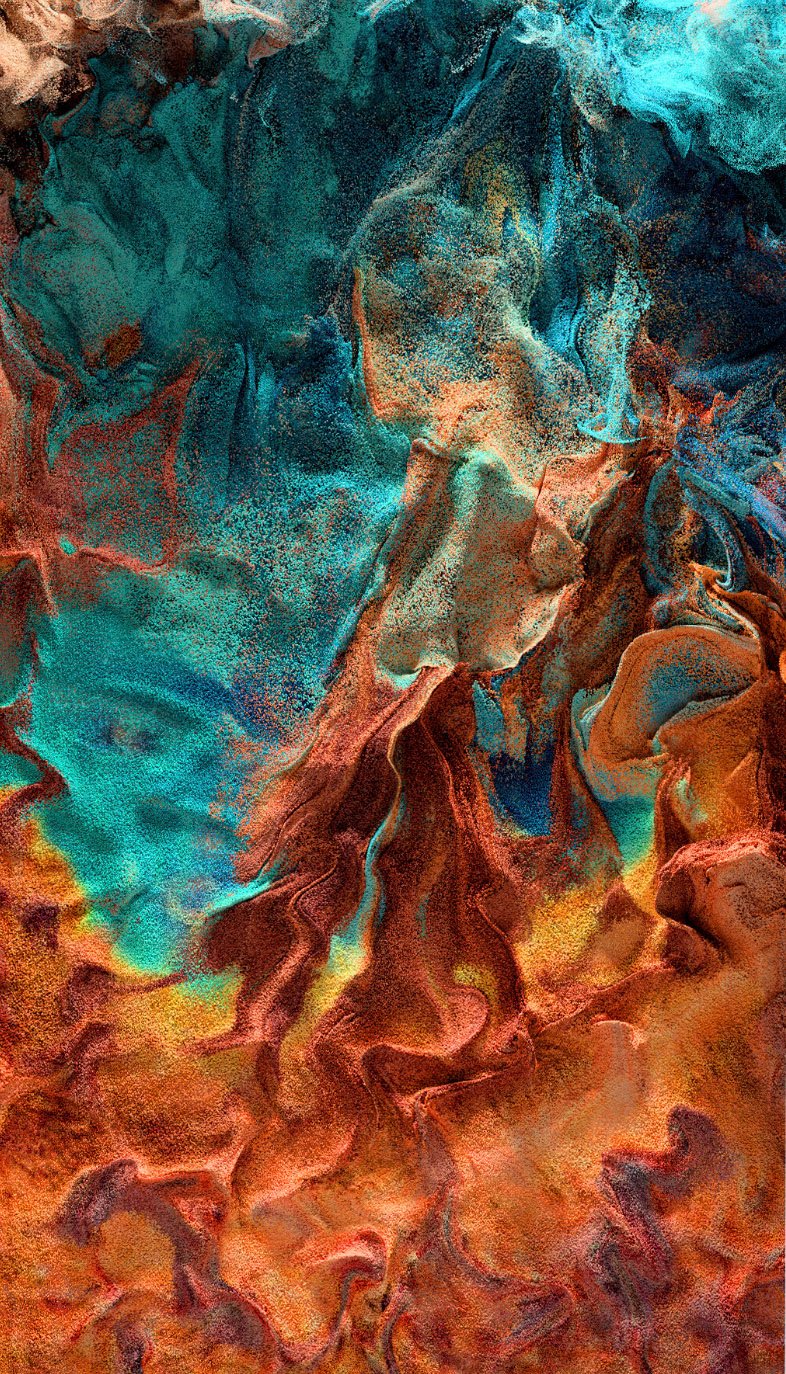Photographer Tim Flach Fights AI’s Unlicensed Use of Copyrighted Work
Image Source: Tim Flach | Instagram
The rise of artificial intelligence is sparking a heated debate about its reliance on human creativity. Tim Flach, a celebrated U.K.-based photographer, recently told The Sun about his unsettling discovery that AI systems have been using his work without his knowledge or approval. The issue came to light after a researcher from the University of Arts London contacted him, revealing that his photographs are among the most frequently “scraped” online. Curious, Flach experimented with Midjourney, an AI image generator, by entering the prompt, “please do a snow leopard or an eagle in the style of [Tim Flach's] work”. The result? Images that closely mirrored his distinctive style, prompting concerns about ethics and legality.
[Read More: Elon Musk’s Grok-2 Unrestricted Political Imagery - A Double-Edged Sword?]
Understanding Scraping: How AI Harvests Data
AI companies employ a method called scraping to collect massive datasets from the internet, fuelling the capabilities of generative AI tools. This process pulls in billions of images, texts and other content, often including material safeguarded by copyright. While scraping has driven breakthroughs in AI technology, it has also ignited controversy, particularly when it involves replicating an artist’s unique aesthetic. Flach was stunned to find websites boasting the ability to “recreate Tim Flach’s pictures”, a development he sees as an unauthorized commercialization of his art.
[Read More: AI Image Generation in 2024: A Year of Refinement Amidst the Rise of Video Generation]
Creativity vs. Commoditization: An Artist’s Perspective
Flach recognizes the long-standing tradition of artistic inspiration, saying,
“I’m always very curious. There’s always a kind of process in the arts where things have been influencing each other”.
Yet he distinguishes this from what he views as exploitation:
“What we can’t really permit is the unlicensed harvesting of our work and impersonation of our style that is not remunerated or without permission”.
His stance underscores a broader conflict—how to harness AI’s potential to aid creativity without undermining the rights of those who produce original content.
[Read More: AI Image Stirs Social Media Storm!]
UK Policy Proposal Stirs Controversy
The UK government is currently drafting laws that would allow AI firms unrestricted access to online content they can legally obtain, placing the responsibility on artists to opt out of having their work used. Flach deems this approach “unworkable”, arguing it inverts traditional copyright protections. Experts at the University of Cambridge agree, cautioning that this “opt-out” framework unfairly burdens creators. Professor Gina Neff, executive director of the Minderoo Centre for Technology and Democracy, warned,
“Going the way of an opt-out model is telling Britain’s artists, musicians, and writers that tech industry profitability is more valuable than their creations”.
[Read More: Can You Use AI-Generated Images for Commercial Use? Or Just Personal Use?]
The Economic Weight of Creative Industries
The stakes are significant, as the U.K.’s creative sector contributes £124.6 billion annually to the economy, per a recent study. Critics contend that prioritizing AI companies’ needs could jeopardize this vital industry. Neff argues for a balanced approach:
“Ambitions to strengthen the creative sector, bolster the British economy and spark innovation using [generative AI] in the UK can be achieved—but we will only get results that benefit all of us if we put people’s needs before tech companies”.
Flach shares this frustration, asserting,
“They’ve been stealing the work for years now, and building data sets to create images like us. They have basically scraped us and human creativity.”
[Read More: Sony Music Removes 75,000 AI Deepfakes, Céline Dion Slams Unauthorized Tracks]
A Proposed Solution: AI-Driven Oversight
One potential resolution could involve AI itself policing its outputs. Imagine if AI image generation companies formed an alliance to develop a system that compares generated images against their training inputs, assigning a “similarity score” to gauge how closely they resemble original artworks. Images exceeding a certain threshold could be flagged as high-risk for infringing intellectual property laws and automatically blocked from distribution. Alternatively, if artists grant prior consent, such outputs could still be provided to users—provided an additional fee is charged, with a portion redirected to the artist as compensation. This model could offer a middle ground, protecting creators’ rights while allowing AI innovation to continue, though its feasibility would depend on industry cooperation and technological precision.
[Read More: Redefining Realism: Is Photography Facing its Biggest Evolution Yet?]
Source: The Sun









